Exploring
On selecting an essay from the list below, you will be redirected to the Open University's OpenLearn site. To keep UK RED open at the same time, we recommend that you right-click with your mouse on a title and select 'open in new tab/ window'.
 Reading the English Bible
Reading the English Bible
The year 2011 marks the 400th anniversary of the publication of the most widely-read book in the English language: the translation of the Bible published in 1611 that has come to be known as the 'Authorised Version' or the 'King James Bible'…
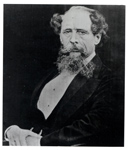 Charles Dickens and his readers
Charles Dickens and his readers
Love him or hate him, it is widely accepted now that Charles Dickens was one of the giants of Victorian literature, far outselling his rivals and thus – so the story goes – exceptionally far-reaching in his power and influence. But how much influence did he really have, and on whom?
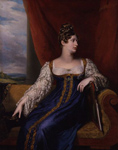 Jane Austen's readers
Jane Austen's readers
The first time I read Jane Austen's Emma, I was fifteen. Bored one day during the Christmas holidays, when the weather was dreadful and the television worse, I turned to my mother's bookshelf…
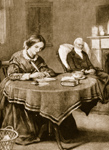 A famous novel and it's readers: Charlotte Bronte's Jane Eyre
A famous novel and it's readers: Charlotte Bronte's Jane Eyre
'Reader, I married him…' These four words have become one of the most famous phrases in the English-speaking world, and many will be able to identify them as the opening to the final chapter of Charlotte Bronte's Jane Eyre…
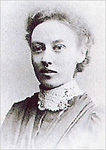 Childhood reading in the 1870s and 1880s: the recollections of Molly Hughes
Childhood reading in the 1870s and 1880s: the recollections of Molly Hughes
The three volumes of autobiography published by the educationalist M.V. (Molly) Hughes (1866–1956) are a rich source of information on the books she read and loved as a child…
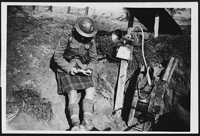 Reading and World War I
Reading and World War I
World War I could easily be described as 'the first great war of words'. When primary schooling was made compulsory in Britain in 1880, the literacy of the general population increased markedly…
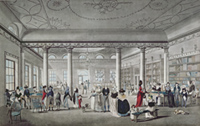 Reading places
Reading places
The places in which readers engaged with texts are of particular importance to anyone interested in the history of reading, because readers don't just engage with the object being read, they also take note of the context in which it is encountered…
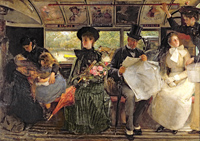 Reading while travelling
Reading while travelling
Until recently – certainly until the laptop, mobile phone, and personal stereo took over – travel, and particularly the daily commute, was characterised in buses and trains by people intent on a newspaper, a magazine or a book…
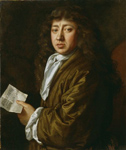 Samuel Pepys: diarist, book collector and reader
Samuel Pepys: diarist, book collector and reader
In his diary for 10 January 1662, Samuel Pepys wrote: 'I late reading in my Chamber; and then to bed, my wife being angry that I keep the house up so late'…
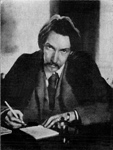 Robert Louis Stevenson's reading
Robert Louis Stevenson's reading
The author of bestsellers such as Treasure Island (1883) and The Strange Case of Dr Jekyll and Mr Hyde (1885), Robert Louis Stevenson (1850–1894) was one of the greatest literary celebrities of his age…
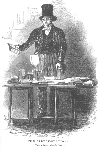 Reading Culture in the Victorian Underworld
Reading Culture in the Victorian Underworld
For some years now, we have been treated to many colourful accounts of the Victorian underworld. Documentaries, serialisations of the nineteenth-century classics, neo-Victorian novels and sensational books have evoked the smells and sounds of the slums…


